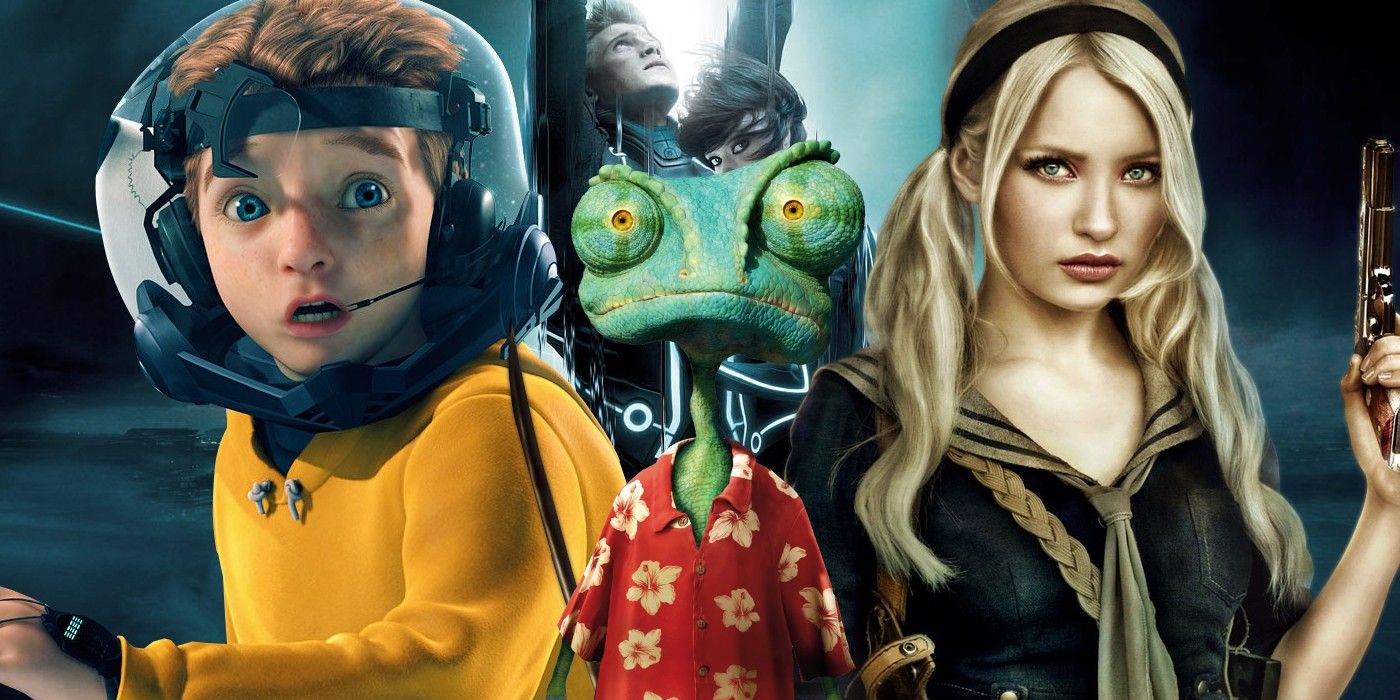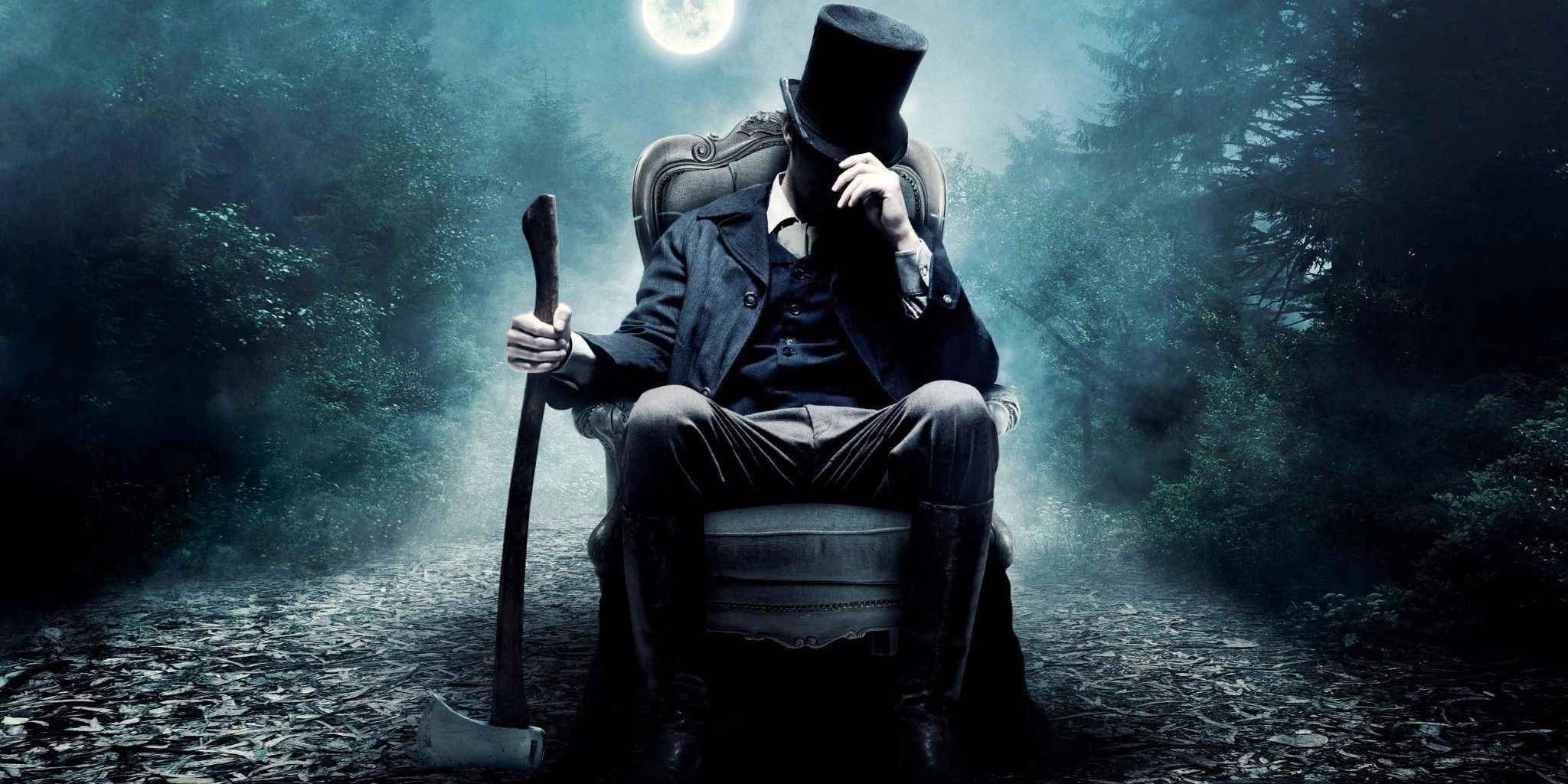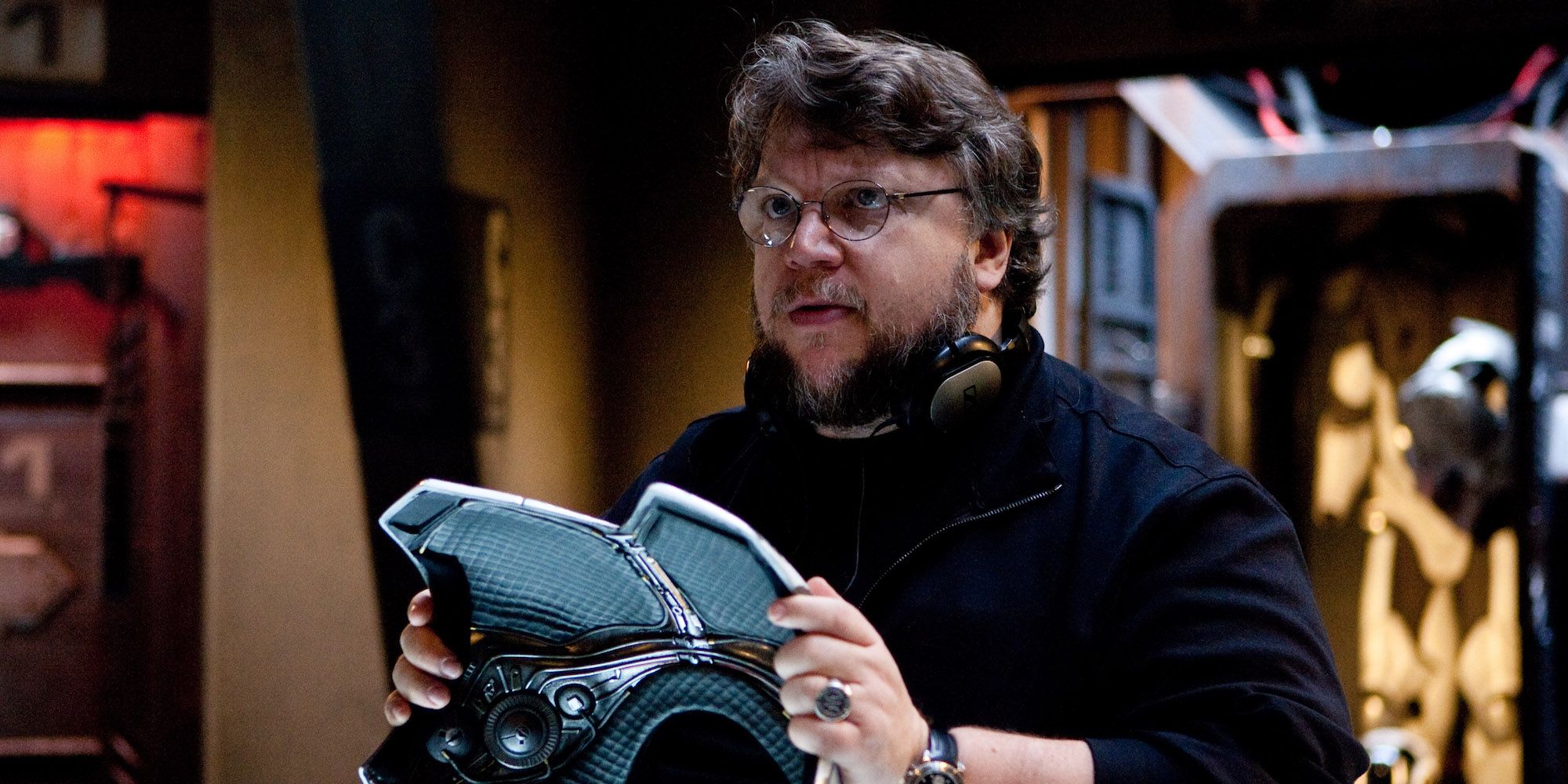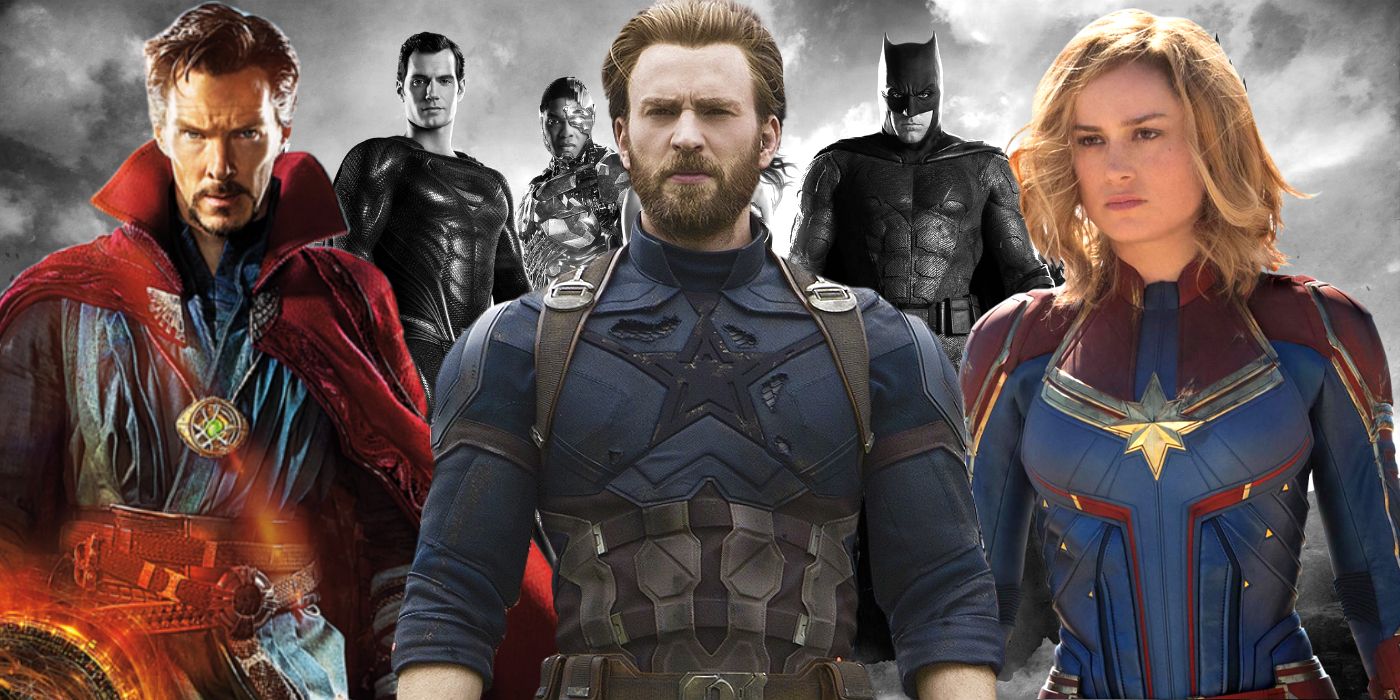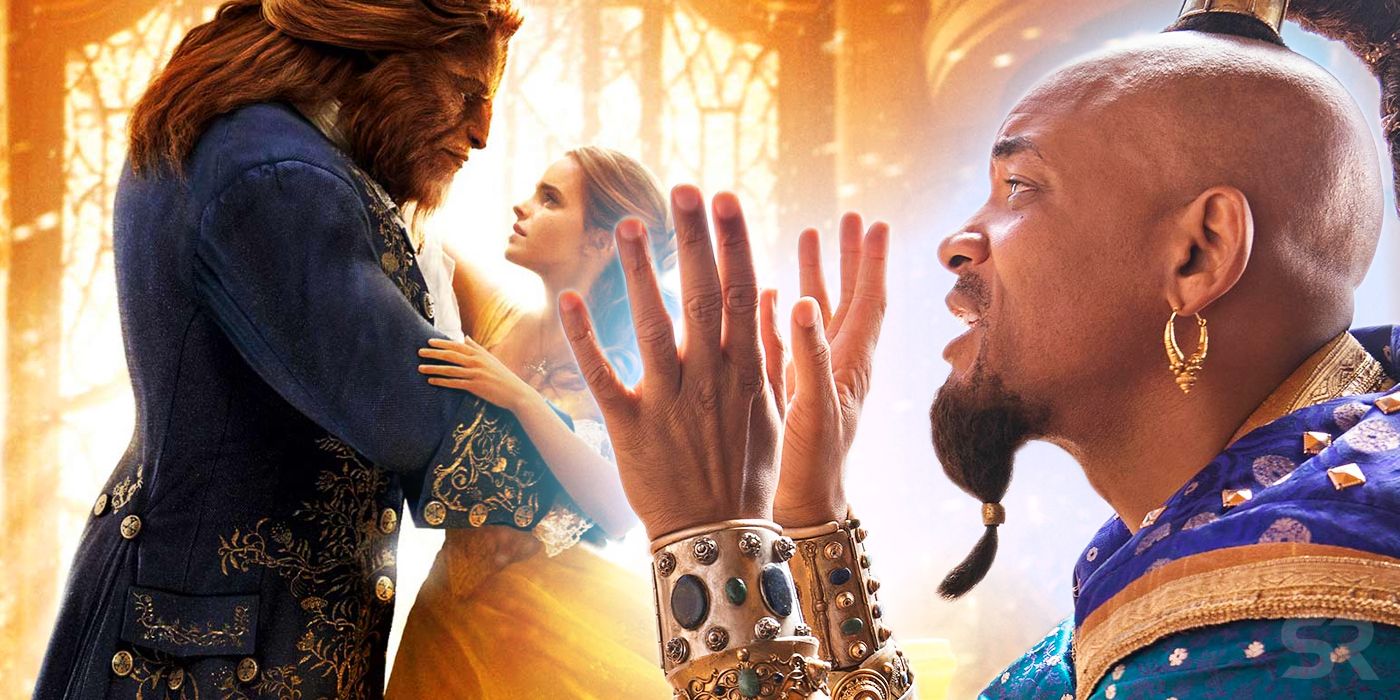The early 2010s were very different when it came to the type of blockbuster movies being produced; here's what happened between then and now. Wind the clock back to 2010 and the tentpole landscape is a far cry from what it is today. The MCU was still finding its footing, the DCEU wasn't even a thing yet, Disney didn't own Fox, and Dwayne Johnson was starring in Tooth Fairy and Faster within the span of twelve months. And while the brand had rebounded commercially a year earlier, many were starting to wonder just how much longer the Fast & Furious movies were going to hang around.
There were already signs of what was to come in the years ahead. Disney and Tim Burton's Alice in Wonderland grossed over $1 billion in 2010, at a time when the idea of the Mouse House re-imagining its animated classics in live-action was relatively novel; Warner Bros.' Green Lantern film flopped at the box office in 2011, prompting the studio to overhaul their approach to adapting DC superheroes for the big screen; and 2010's Iron Man 2 introduced Black Widow to the MCU while alluding to Thor in its credits scene. Even so, it's interesting to look back at what studios were churning out just a few years before, and even one year after, Marvel Studios changed the blockbuster game.
From about 2010 to 2013, the blockbuster landscape was a far cry from what it is today, and in more ways than one. But before we get into the minutiae of what happened, it's good to start off by acknowledging that Hollywood tentpoles were, put frankly, really strange at this point in history.
Hollywood Blockbusters Got "Weird"
Setting aside the debate about which ones were good, bad, or somewhere in-between, there's no denying the tentpoles from the early '10s were, well, odd. Studios churned out everything from very literal genre mash-ups (Cowboys & Aliens) to bizarre historical fantasies (Abraham Lincoln: Vampire Hunter) and equally heard-scratching fairy tale re-imaginings (Snow White and the Huntsman, Hansel & Gretel: Witch Hunters) in an effort to find something audiences were interested in enough to kick-off a new franchise. Meanwhile, Disney invested hundreds of millions of dollars in producing live-action would-be blockbusters like TRON: Legacy, John Carter, Oz the Great and Powerful, and The Lone Ranger, in addition to an equally massive amount on the motion-capture Mars Needs Moms. And speaking of animation: lest we forget, this period also gave us oddities like Zack Snyder's fantasy epic Legend of the Guardians: The Owls of Ga'Hoole and Gore Verbinski's spaghetti western-inspired comedy Rango (an offbeat adventure that cost $135 million to make).
At the end of the day, some of these movies became infamous bombs, even while others made enough to break even or turn a profit, but not enough to get a sequel fast-tracked (see also: the never-ending question of whether Disney will eventually get around to making TRON 3). And in the few cases where they did land a followup, the results were mostly underwhelming (The Huntsman: Winter's War). But it wasn't just wannabe franchise-starters (seriously, there was real talk about Abraham Lincoln: Vampire Hunter 2 at one point); studios also threw lots of money at filmmakers' passion projects during this time, ranging from cerebral genre movies to future cult classics like Scott Pilgrim vs. the World.
Director-Driven Tentpoles Were in Fashion
As rare as original director-driven tentpoles are these days (as far as theatrical releases go - more on that later), there were a surprising number in the early '10s. Christopher Nolan and Guillermo del Toro paid homage to the sci-fi movies they loved growing up with big summer releases like Inception and Pacific Rim; Snyder was given a large sum of money to go realize his vision for "Alice in Wonderland with machine guns" (his words) with Sucker Punch; and even Alfonso Cuarón was able to lock down a nine-digit budget to shoot Gravity, a dramatic thriller almost entirely set in space and mostly filmed in long takes. And that's not including original mid-budget projects like J.J. Abrams' Super 8 or pricey literary adaptations like Baz Luhrmann's The Great Gatsby, Ang Lee's Life of Pi, and Ben Stiller's The Secret Life of Walter Mitty.
Unsurprisingly, the results were typically better when it comes to tentpoles developed by talented storytellers in this time, both critically and commercially. Even the ones that bombed at the box office (like Sucker Punch and Martin Scorsese's Hugo) usually earned some type of praise for their technical merits (along with a number of Oscar wins) or have garnered a cult following over the years thanks to their ambitious subject matter and style. Director-driven blockbusters haven't gone away completely since then, but most of them these days are either part of some pre-established brand (be it a franchise or a shared universe) or regarded as being a guaranteed awards season contender a la The Wolf of Wall Street, The Revenant, and 1917.
How Movie Franchises Took Over Hollywood In The 2010s
After the success of The Avengers in 2012, the idea of a shared universe featuring a multi-film narrative was suddenly something studios were really interested in. Pretty much everybody wanted to build their own MCU-style property overnight, which would lead to notorious failed attempts to replicate Marvel's success like Sony's abandoned plans for The Amazing Spider-Man spinoffs and Universal's revamp of its classic monster movie properties with 2017's The Mummy (the so-called Dark Universe). Simultaneously, Disney's live-action remakes of its animated films transformed into a billion-dollar cottage industry, the MCU just kept growing bigger and bigger, and Blumhouse proved you didn't need nine-digit budgets to make both sustainable and highly profitable franchises. And while they had problems in the early going, both the DCEU and the (deep breath) Sony Pictures Universe of Marvel Characters are quite healthy at the moment.
Of course, now that IPs rule Hollywood, it's extremely difficult for anyone whose last name isn't Nolan (or those select few of a similar stature) to get an original tentpole green-lit. They still happen ever so often, but studios are simply too concerned about releasing a commercial bomb on the level with those from the early '10s - along with the ones that've happened since then, like Jupiter Ascending, Tomorrowland, Gemini Man, and most recently Dolittle - to risk too many of them. Movies that are part of a tried and true brand aren't a surefire bet either (just ask Terminator: Dark Fate), but studios still see them as comparatively safer, and not without reason.
Are Hollywood Blockbusters Too Safe Nowadays?
Generally speaking, the bigger risks are being taken by streaming services like Amazon and especially Netflix. It's the reason why like Cuarón, Snyder, and Scorsese have all started collaborating with them on tentpole-budgeted non-sequels and/or non-reboots of late, and big names like Spike Lee are similarly turning to streamers to fund projects like Da 5 Bloods (a film that would've certainly been a harder sell in theaters). Netflix, in particular, has provided a platform for storytellers who've long been marginalized by Hollywood - specifically, women and/or people of color - to get their movies made, be they mid-budgeted fare or $100 million+ productions. And while it's unclear how much longer Netflix can continue to release exclusive content at the rate they have in recent years, it's also obvious neither they nor their streaming competition (like Hulu and Disney+) are going anywhere.
It will all the more interesting to see how the blockbuster landscape evolves over the next ten years. The coronavirus pandemic has already impacted the film industry in a huge way in just a couple months, but the truth is a lot of what we're seeing (increases in streaming service subscriptions and direct-to-PVOD movie releases, a shorter window between films playing in theaters and hitting the home market) was already happening before the pandemic - it's just unfolding faster now. Because of this, studios probably aren't going to go back to taking the kind of risks they did in the early '10s. Instead, viewers will have to turn to streaming services if they're hoping to find the new big, weird, tentpole along the lines of Sucker Punch or even a less conventional live-action Disney fairy tale like A Wrinkle in Time (a movie that only came out in 2018, but already feels like a relic of a bygone era, two years later).

